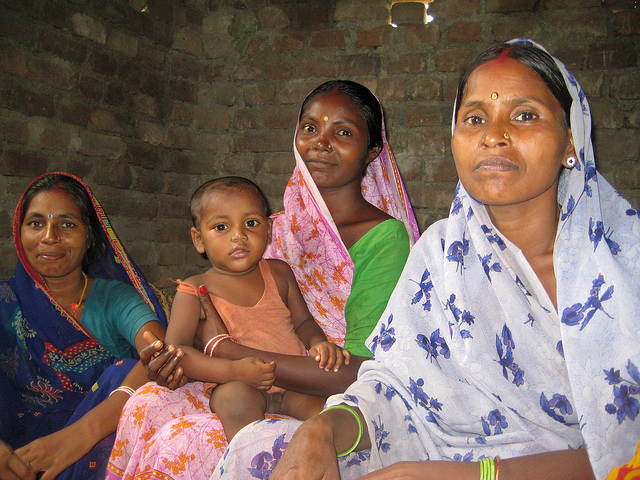In his August 2013 article featured in Economic and Political Weekly, Myths and Realities of Child Nutrition, IFPRI Senior Research Fellow Stuart Gillespie takes on economist Arvind Panagariya on the topic of child malnutrition. In a recent article, Panagariya argued that India’s malnutrition statistics are subject to manipulation as a political tool by opponents of the country’s economic reforms, suggesting that trends in child nutrition in India are more positive than the statistics would otherwise indicate. Gillespie disagrees.
Gillespie’s article outlines several areas of contention. First and foremost, he makes the point that nutritional status extends far beyond having a “balanced diet” and includes household, structural, and community-level drivers, such as food security, access to health care, water and sanitation, use of national resources, and more.
Gillespie also refutes the notion that nutrition outcomes and other health indicators, such as mortality, must mirror each other, and when there is dissonance, it must point to an error in the data. “Even though mortality trends in the long term may be similar to trends in nutrition, they are absolutely not on parallel tracks,” explained Gillespie.







